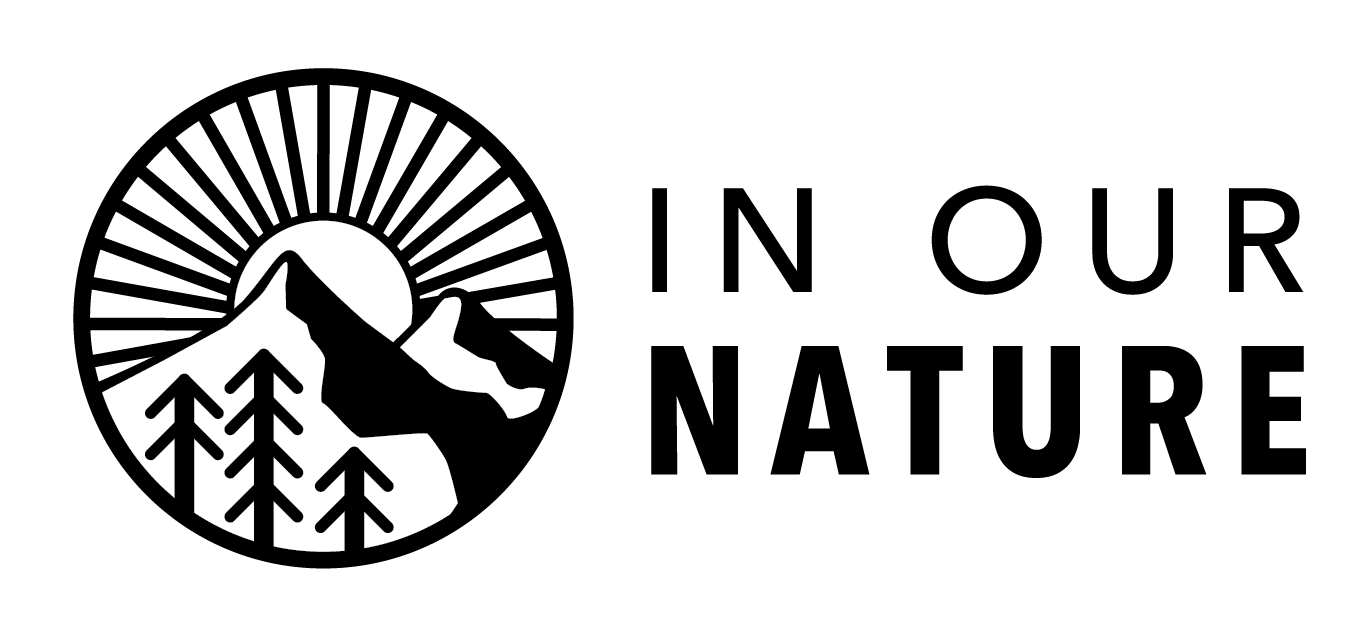L.A. Wildfires Renew Need for Indigenous Burns
Wildfires raging across the Los Angeles area killed at least 29 people and affected tens of thousands of residents after erupting on Jan. 7.
More than 18,000 structures across 60 square miles, an area the size of San Francisco, have been burned by the fires. More than 150,000 L.A. county residents evacuated and displaced from their homes by the fires, with Black and unhoused community members among those most affected by the fires. Photos of the aftermath reveal many neighborhoods were left in total destruction, with entire blocks of homes burned down.
Two of the largest fires, in the Palisades and Eaton neighborhoods, were some of the most destructive in California’s history.
Wildfire smoke and air pollution carrying asbestos, lead, arsenic and other pollutants continued to threaten residents as L.A. county remained blanketed in ash and dust after the fires were put out.
Exacerbated by climate change, the wildfires began as Southern California experienced its driest winter on record, with its parched vegetation easily set ablaze. Spread rapidly throughout the region by dry, intense Santa Anas winds, the climatic conditions produced immense damage that some experts have now called avoidable.
Some local L.A. residents have called on the fossil fuel industry to pay for wildfire damages following insurance companies dropping fire coverage, as scientists estimate at least a quarter of the dryness that ignited the wildfires was caused by climate change.
According to wildfire researchers Stephen Pyne and Jack Cohen, while climate change contributed towards the wildfires, the failure of L.A. developers to enforce fire and building codes, follow fire-resistant urban planning models, create an environment where fire insurance can function, and reduce ignition vulnerabilities all made the fires so destructive.
Strict requirements regarding neighborhoods, such as enforcing buffer zones of non-combustible material around houses, are an essential mechanism that reduce damage potential from future fires.
As the city begins to rebuild, Pyne and Cohen emphasized that the L.A. government and city planners need to learn from past experience. This includes learning from Indigenous knowledge and prescribed burns.
While the L.A. region experiences increased climate whiplash from more extreme wet and dry periods, the state government’s limitations on Indigenous controlled burns to clear out dead vegetation has increased the destructive potential of wildfires.
According to the Honorable Ron W. Goode, Tribal Chairman of the North Fork Mono Tribe, the lands of California desperately need Indigenous cultural burnings to promote biodiversity and decrease the wildfire risk posed by the buildup of dead vegetation, which becomes kindling.
“Many of the bushes that we’re now burning haven’t actually been burned for about one hundred and twenty years,” Goode said while conducting a burn on the Jack Kirk estate in Mariposa, California. “And they’re crying. They want fire, they want to be restored.”
Both California’s state government and local conservation agencies have slowly realized their mistake in banning Indigenous controlled burning, ignorantly calling Native burning “primitive,” and ecologically destructive, as wildfires intensified and biodiversity decreased. For example, In 1968, after realizing that no new giant sequoias were growing in California’s unburned forests, the National Park Service reversed its prohibition on prescribed fire.
Over the last few decades, as California experienced record-breakingly devastating fires, the California government returned to Native communities, such as the Karuk and Yurok Nations, which have worked in partnership with the U.S. Forest Service to burn thousands of acres a year. In 2024, California enacted SB310, a bill that acknowledges tribal sovereignty and the right to cultural burnings, and begins to reconcile with the state’s oppression of dispossessed Native nations.
According to Margo Robbins, a member of the Yurok tribe who heads the Cultural Fire Management Council, government agencies have realized their mistake in trying to exclude fire from the forest.
“They’re looking for answers and seeking out Native people as to what should be done and how to go about it,” said Robbins.
To prevent entire neighborhoods from being set ablaze, the Yurok Nation has ignited small, contained fires on built up vegetation. This creates breaks in the forests and grasslands so that wildfires cannot cross them, reducing their destructive capacity.
Fires ignited in San Bernardino National Forest last year, for instance, were successfully managed through previous prescribed burns conducted by the U.S. Forest Service. A study conducted by Stanford University in 2023 confirmed the benefits of prescribed fire, finding that exposure of an area to low-intensity fire reduces the likelihood of future high-intensity fire by 64%. This protection can last at least six years before it starts reducing.
The resurgence of Indigenous cultural and prescribed burns poses the need for communities to rethink how they conceptualize fire. According to Jack Cohen, mainstream language regarding fires, “dramatically vilifies wildfires.” In order to cultivate fire resistant communities, there needs to be a collective shift that reckons with the need for humans to live compatibly with wildfires. Reintroducing controlled burns and identifying community-wide vulnerabilities in their homes and structures will help propel residents from victims into problem-solvers, according to Cohen. .
As California seeks to improve fire resistance amidst climate change, empowering Indigenous nations and their right to controlled burnings, educating local communities on historical fire resilient ways of living, and continuously learning from the past will help to foster safer communities during intense geological events.
Interested in learning more about controlled burning? Check out these resources:
